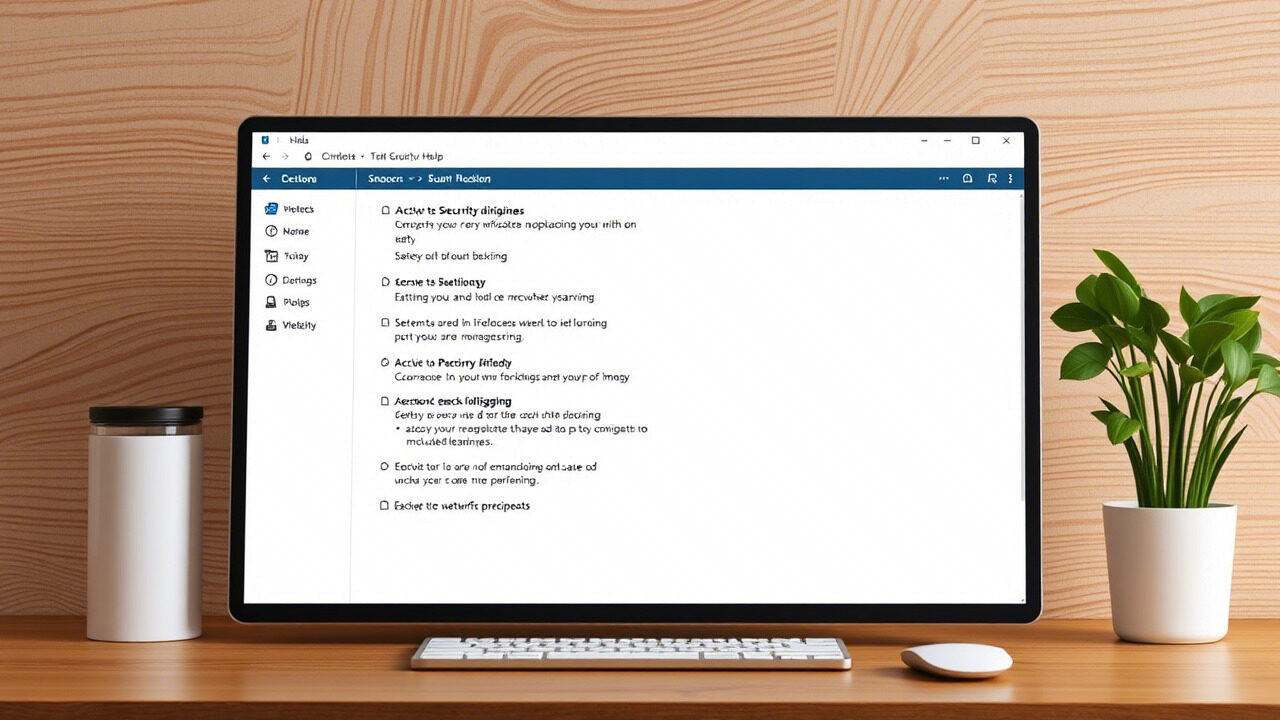Protecting your digital identity requires strong passwords. Most platforms have rigorous password requirements for this reason; they guarantee your credentials cannot be readily guessed or broken. Though, particularly if you don’t know the platform’s particular complexity criteria, these security policies can occasionally result in password policy infractions.
Should you get a “Password does not meet policy requirements” or “Password policy violation” notification, relax. This article will show you how to resolve the problem and guarantee complete platform security standard compliance.

What Is a Password Policy Violation?
A password policy violation occurs when the password you choose doesn’t meet a system’s required security standards. These policies are set by companies, email providers, or enterprise systems to protect user accounts from brute-force attacks, data breaches, or unauthorized access.
Common Password Complexity Requirements
Most policy issues occur when the password fails to meet one or more of these typical complexity requirements:
- Minimum length (usually 8–12 characters)
- At least one uppercase letter (A–Z)
- At least one lowercase letter (a–z)
- At least one number (0–9)
- At least one special character (!, @, #, $, %, etc.)
- No use of old or previously used passwords
- No sequences (like 12345 or abcde) or repeating characters
Some systems even block common passwords like “Password123” or “Admin@123” due to their vulnerability.
Step 1: Read the Error Message Carefully
When your password is rejected, you’ll usually see a message explaining what’s wrong. It might say:
- “Password must be at least 8 characters long.”
- “Include one uppercase and one special character.”
- “You cannot reuse your last 5 passwords.”
Reading the error message helps you understand exactly which policy issue you need to fix.
Step 2: Create a Strong, Compliant Password
Now that you understand the platform’s rules, build a new password that ticks all the boxes.
Here’s a sample that meets most complexity requirements:
Ex@mpl3Secure2024
Tips:
- Use a mix of unrelated words
- Add numbers and symbols in between
- Avoid dictionary words or personal info
- Use a password manager to generate or store secure passwords
This ensures compliance with password security rules and improves your account’s protection.
Step 3: Avoid Reusing Old Passwords
Many systems prevent you from reusing recently used passwords. If your reset fails even with a complex password, check if you’re accidentally trying to reuse a previous one.
Solution: Create a brand-new combination, and avoid repeating even parts of past passwords.
Step 4: Try Again with Proper Formatting
Sometimes formatting issues (like spaces or copy-paste errors) can trigger false policy issues.
- Type your password manually instead of pasting it
- Avoid using unsupported symbols (some systems block specific characters)
- Double-check for hidden spaces before or after the password
These minor issues can make the system reject an otherwise valid password.
Step 5: Contact IT or Support If Problems Persist
If you’re in a corporate or enterprise environment and continue to face password policy violations, contact your IT administrator. They may:
- Explain custom policy rules unique to your organization
- Reset your credentials manually
- Update your access permissions or reset token
For standard platforms, reach out to their support center and ask for password setup guidance.
Best Practices for Password Compliance
To avoid repeated password policy violations, keep these best practices in mind:
- Use a password manager for storage and generation
- Update your passwords every 3–6 months
- Never share passwords over email or chat
- Enable two-factor authentication (2FA) wherever available
- Always follow system-specific complexity requirements
These habits not only ensure compliance, but also enhance overall account security.

Encountering a breach of password policy can be annoying, but it indicates the platform is safeguarding your data. You may resolve the policy problem right away and guarantee seamless access to your accounts by knowing complexity criteria, obeying platform rules, and applying robust password generation techniques.
Need Help with Password or IT Security Issues?
At TechNow, we help businesses and individuals solve password problems, improve compliance, and strengthen digital security. From enterprise-level policy enforcement to everyday user issues, we’ve got you covered.







